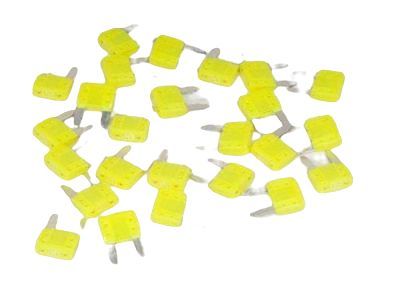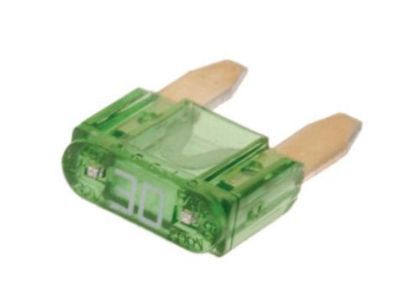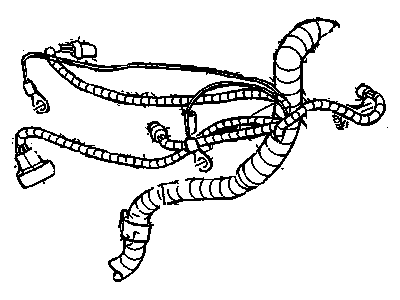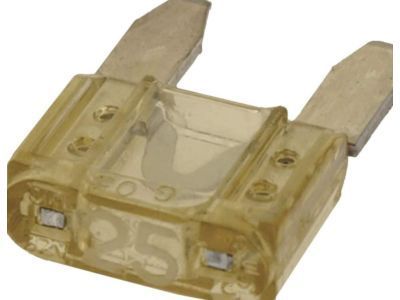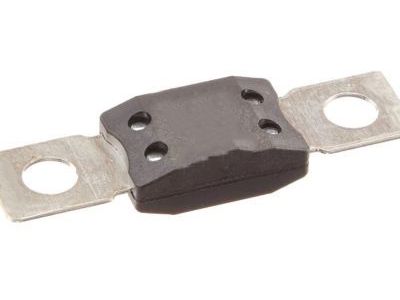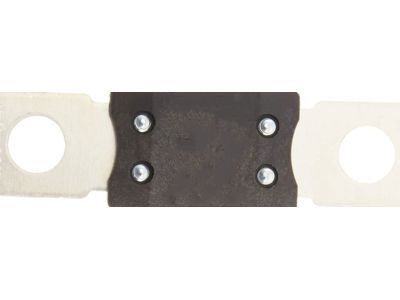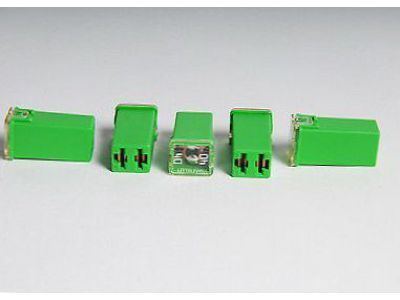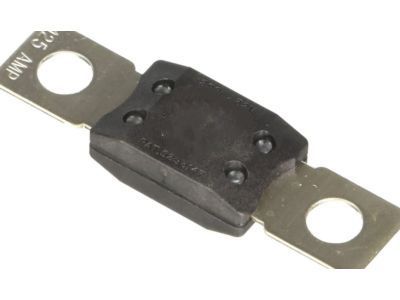
My Garage
My Account
Cart
Genuine Cadillac Escalade Fuse
Circuit Fuse- Select Vehicle by Model
- Select Vehicle by VIN
Select Vehicle by Model
orMake
Model
Year
Select Vehicle by VIN
For the most accurate results, select vehicle by your VIN (Vehicle Identification Number).
107 Fuses found
Cadillac Escalade Fuse,Mini 20 A
Part Number: 88861352$2.19 MSRP: $4.13You Save: $1.94 (47%)Ships in 1 Business DayCadillac Escalade Fuse,Mini 30 A
Part Number: 12092075$0.08 MSRP: $0.16You Save: $0.08 (50%)Ships in 1-3 Business DaysCadillac Escalade Fuse,Mini 15 A
Part Number: 88909754$0.08 MSRP: $0.16You Save: $0.08 (50%)Ships in 1-3 Business DaysCadillac Escalade Fuse,Mini 25 A
Part Number: 88909756$0.16 MSRP: $0.30You Save: $0.14 (47%)Ships in 1-2 Business DaysCadillac Escalade Fuse (175 Amp Mega Fuse)
Part Number: 15305191$9.50 MSRP: $15.72You Save: $6.22 (40%)Ships in 1-2 Business DaysCadillac Escalade Fuse
Part Number: 84082834$4.66 MSRP: $7.33You Save: $2.67 (37%)Ships in 1-3 Business DaysCadillac Escalade Fuse
Part Number: 12177251$9.64 MSRP: $15.17You Save: $5.53 (37%)Ships in 1-3 Business DaysCadillac Escalade Fuse,10 A (Ato Fuse)
Part Number: 88861353$0.05 MSRP: $0.10You Save: $0.05 (50%)Ships in 1-3 Business DaysCadillac Escalade Fuse
Part Number: 84082852$13.59 MSRP: $22.49You Save: $8.90 (40%)Ships in 1-3 Business DaysCadillac Escalade Fuse
Part Number: 84082848$14.24 MSRP: $22.40You Save: $8.16 (37%)Ships in 1-3 Business DaysCadillac Escalade Fuse,Mini 10 A
Part Number: 12092079$4.23 MSRP: $7.98You Save: $3.75 (47%)Ships in 1-3 Business DaysCadillac Escalade Fuse,Wiring Harness
Part Number: 19209792$2.06 MSRP: $3.88You Save: $1.82 (47%)Ships in 1-3 Business DaysCadillac Escalade Fuse Asm,15Amp Micro3 Blade Style, 32V
Part Number: 19119304$3.89 MSRP: $6.13You Save: $2.24 (37%)Ships in 1-3 Business DaysCadillac Escalade FUSE ASM,30 A *PINK
Part Number: 84391112$5.26 MSRP: $9.92You Save: $4.66 (47%)Ships in 1-3 Business DaysCadillac Escalade Fuse, Multiuse (Repair)
Part Number: 22917201$4.96 MSRP: $8.21You Save: $3.25 (40%)Ships in 1-3 Business DaysCadillac Escalade Fuse Assembly,15 A M, Case Grey
Part Number: 19119329$5.26 MSRP: $9.92You Save: $4.66 (47%)Ships in 1-2 Business DaysCadillac Escalade Fuse,Wiring Harness
Part Number: 19209793$2.06 MSRP: $3.88You Save: $1.82 (47%)Ships in 1-3 Business DaysCadillac Escalade Fuse,Wiring Harness
Part Number: 19209799$3.88 MSRP: $6.11You Save: $2.23 (37%)Ships in 1-3 Business DaysCadillac Escalade Fuse
Part Number: 84116257$11.90 MSRP: $19.71You Save: $7.81 (40%)Ships in 1-3 Business DaysCadillac Escalade Fuse,Wiring Harness
Part Number: 19209794$2.06 MSRP: $3.88You Save: $1.82 (47%)Ships in 1-3 Business Days
| Page 1 of 6 |Next >
1-20 of 107 Results
Cadillac Escalade Fuse
Each OEM Cadillac Escalade Fuse we offer is competitively priced and comes with the assurance of the manufacturer's warranty for the part. Furthermore, we guarantee the speedy delivery of your orders right to your doorstep. Our hassle-free return policy is also in place for your peace of mind.
Cadillac Escalade Fuse Parts Questions & Experts Answers
- Q: How to check and replace fuses, circuit breakers, and fusible links on Cadillac Escalade?A:All the electrical circuits in the vehicle are protected by fuses, circuit breakers and fusible links, the main fuse/relay panel is in the engine compartment, while the second one is in the passenger compartment. Every fuse serves a particular circuit that is marked on the lid of the fuse panel, and the interior circuits have their fuses in the boxes which can be accessed by opening the correct door and then lifting off the lid of the fuse box panel. In the fuse blocks, fuses of different sizes-small, medium, and large-are installed, and all of them have the same blade terminal configuration; whereas medium and large fuses can be pulled out manually, small fuses have to be extracted using pliers or a small plastic fuse-puller. When an electrical component is not working as it should, the first thing to consider is the fuse, using the test light to see power at the ends of exposed terminals; if there is power at one end of the fuse and not at the other, then the fuse is blown and this can also be seen by the melted element between the terminal tips of the fuse. They should be replaced with correct type because, although physically similar, only the correct rating should be pressed into functioning as sufficient protector for every electrical circuit, having the amperage rating molded in the top of the fuse's body. In these models, the large high amperage fuses are used instead of fusible links and they are placed in the underhood fuse/relay box.
